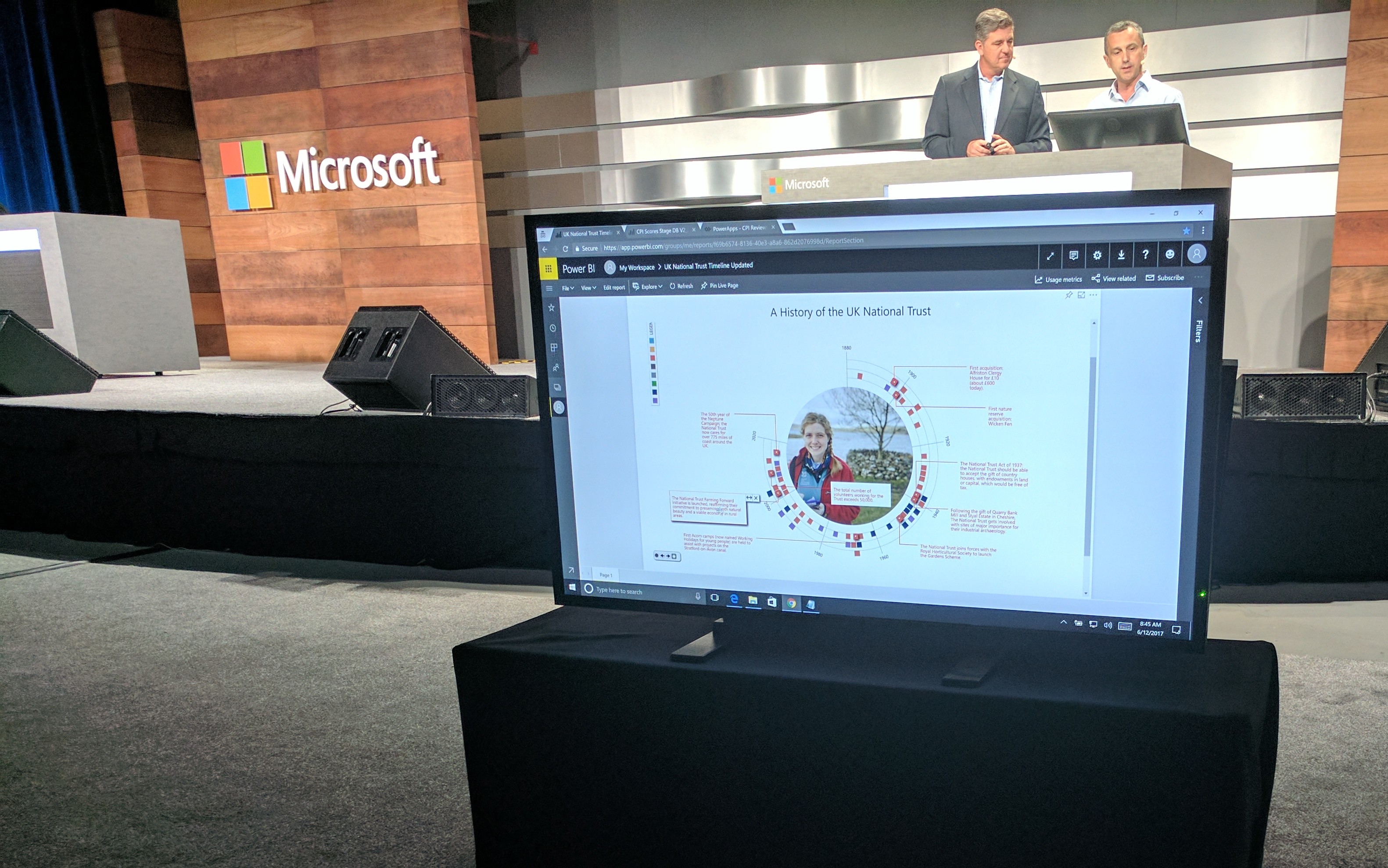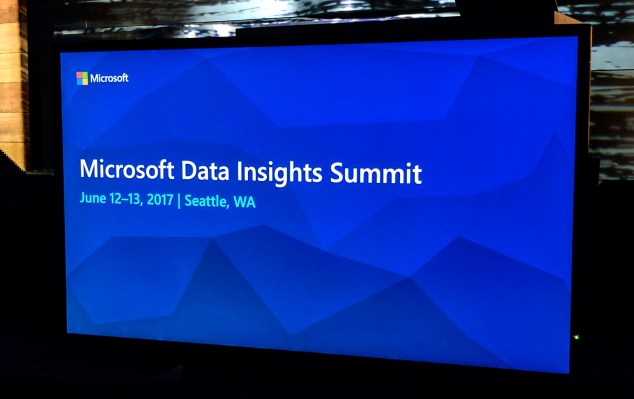Back in 2015, Microsoft launched a highly visual Power BI data exploration and interactive reporting tool into general availability. The service is now in active use at 200,000 different organizations and the team has shipped 400 updates and new features over the course of the last two years. Current users span a wide gamut and include the likes of the Seattle Seahawks, CA Technologies, Heathrow Airport and local Seattle TV station King 5. For the second time since the launch of Power BI, Microsoft is hosting a user conference for the product, which is taking place in Seattle this week.
“We are seeing uptake being exponentially in nature,” Microsoft general manager for Power BI Kamal Hathi told me ahead of this week’s event, which attracted over 2,500 Power BI users. “It’s growing at a rapid pace — not just in terms of people buying it but also in deep engaged usage.” Hathi also stressed that the team looks very closely at the feedback it gets from this community, something all of the presenters at today’s keynote also noted.
Maybe the most important product announcement of today’s event is the general availability of Power BI Premium after a month-long beta period. The idea behind this Premium edition of the service is to give enterprises a reserved set of resources (instead of the shared cloud capacity that other Power BI versions run on). Because of this, the Premium version doesn’t have some of the size limits for data models of the other versions. What’s maybe even more important, though, is that this dedicated capacity also means that these users can now publish and share their content (typically in the form of dashboards) with their users inside and outside of the company without having to buy additional licenses. Premium also allows companies to refresh their data 48 times per day (though it seems at least some attendees at today’s event were hoping for far more frequent refreshes).
Different organizations do have different needs, of course, so Premium itself comes in three different versions, depending on how much dedicated capacity a company needs. In addition, Power BI Premium features a Report Server that can run on-premises. Combined with Power BI’s custom visualizations (which take a bit of work to set up), companies are already able to take this data way beyond the usual pivot tables and bar charts and fully make it their own — and now they can easily disseminate these within their companies, too, without having to worry about paying for every individual user.
Developers can also now integrate the service into their apps by using Power BI Embedded, though the price for this starts at $625 per month.
Looking ahead, the Power BI team today demoed a number of new capabilities for Power BI that will launch within the next three months or so. Unsurprisingly, the most interesting of these will make use of Microsoft’s machine learning features. Soon, budding data analysts will be able to ask Power BI for possible explanations for why a certain number trended up or down, for example, and the service will look at all of the different data dimensions and present a number of possible explanations, together with a graphical analysis.
Other upcoming new features include the ability to run basic what-if scenarios, make data in spreadsheets more visual with the help of data bars and take diagrams from Visio and map them to Power BI values. The team is also working on allowing users to drill into their data with the help of an intelligent chatbot, as well as deeper integrations with Microsoft’s Cortana virtual assistant in Windows 10.
One of the most compelling of the smaller new features that are coming soon is the ability to bookmark pages in Power BI. That may sound like a rather random little feature, but you can also string these bookmarks together to tell a story without having to export these pages to PowerPoint first.
Beyond the individual features, though, what this all comes down to is that users now have more — and more flexible — ways of analyzing the daily torrent of data that most companies now generate without having to be trained data analysts. The goal of Power BI is to democratize data analysis and make it available to anybody in a company. With the new Premium version, it’s now easier to disseminate all of this information across a company, even if the data has to stay behind a company firewall.

